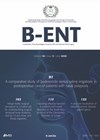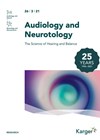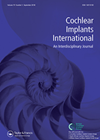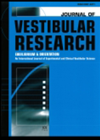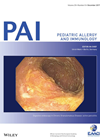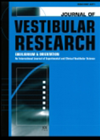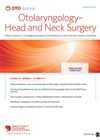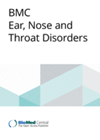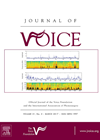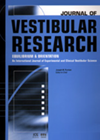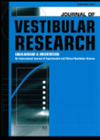
Journal Reviews
Olfactory function and vitamin D
This Turkish prospective study evaluated olfactory function in individuals with primary vitamin D deficiency and the effect of replacement therapy on olfactory function over an eight-month period in 2019. A total of 91 individuals with vitamin D insufficiency were included,...
Alcohol and hearing
Alcohol is a well-known central nervous system depressant. Individual reactions to alcohol might vary, but the connection between alcohol consumption and tolerance to loud noise or difficulties in communication in noisy environments are well-observed phenomena; for example, at evening parties....
Recording of electrode voltages (REVS) to determine extra-cochlear electrodes
Determining whether electrodes are sitting within the cochlea can be difficult as the checks run by the programming software cannot always determine this. In some cases, patients may be unable to give the audiologist detailed feedback which can complicate the...
The vestibular system is not immune to chronic otitis media
It is well recognised that chronic otitis media (COM) is a risk factor for sensorineural hearing loss. Studies on the effect of COM on vestibular function have been beset by design biases. The authors designed a case control study to...
Allergy testing in children with beta-lactam hypersensitivity
The beta-lactam antibiotic is commonly used in treating ENT infections in childhood. However, its use can be limited by reported hypersensitivity or allergy to the antibiotic. This is largely attributed to the previous development of skin rashes while being on...
Is clinical HIT as good as vHIT in the emergency room?
Establishing the cause of acute vestibular syndrome (AVS) is critical in the first few hours of presentation in the emergency department. The first question to ask is, “is it due to a peripheral vestibular pathology or a stroke?” This is...
Objective testing for Eustachian tube dysfunction
Eustachian tube dysfunction (ETD) is typically diagnosed based on subjective symptoms and examination leading to wide variation in its diagnosis and management. The search for an objective test has looked at ways of measuring the passage of air through the...
Wearable sensors for assessment of vestibular disorders
This prospective preliminary study describes the use of commercially available wearable inertial sensors (Mobility LabTM) in assessing the functional ability of individuals with vestibular disorders. Traditionally the Romberg’s, Tandem Walking and Fukuda’s Stepping tests were used to clinically evaluate individuals...
What blood tests should be requested to investigate vocal cord paralysis?
Patients who are discovered to have a vocal cord palsy with no obvious cause on history or examination routinely undergo investigations to exclude an underlying pathology. Cross-sectional imaging of the relevant recurrent laryngeal nerve is required, but considerable variability has...
The video head impulse test: an aid to the diagnosis of spinocerebellar ataxias
Spinocerebellar and Friedreich ataxias (SCA and FA) by their nature present in neuro-otology clinics. The diagnosis is ultimately genetic but the authors investigated the characteristics of the VOR using the video head impulse test (vHIT) in order to distinguish between...
Posturography in persistent postural-perceptual dizziness (PPPD)
Those in neuro-otology practice will be familiar with PPPD now appearing in the forthcoming beta edition of ICD-11. This condition combines the symptoms of phobic postural vertigo and chronic subjective dizziness in which anxiety plays a part. The underlying hypothesis...
Acute peripheral vestibulopathy: is it really neuritis?
The pathophysiology of acute vestibular dysfunction has been debated for decades. By seeking to clarify the underlying aetiology, this study muddies the waters further by advocating systemic and intratympanic steroids as first line treatment if the aetiology is uncertain. The...

